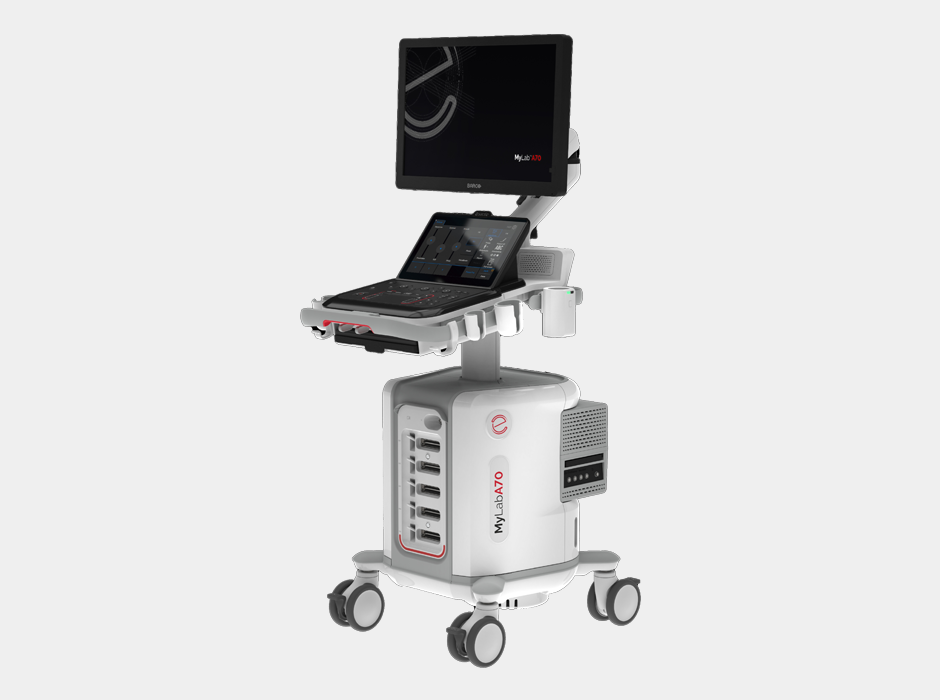Exciting news for people affected by Huntington’s Disease (HD) announced this week. Dr. Blair Leavitt, a neurologist at the Center for HD at University of British Columbia, told Metro News:
“We’re just about to embark on the very first human clinical trials of gene silencing in Huntington’s disease. This is really the first time we feel that we have something that’s going to have a major impact on the disease.”
Huntington’s Disease
HD is a dominantly inherited neurodegenerative disease caused by a mutation on the Huntingtin (HTT) gene; meaning that if a parent has this mutation, each offspring has a 50% of also inheriting the same fate. This disease usually occurs later in life (average age 35-50) but can range from affecting juveniles to much older adults. The age of onset tends to correlate with the length of the mutation inherited.
The presence of this mutation results in degeneration of neurons within the midbrain, a vital area required for processing executive functions, assessing behavior and reward, as well as motor and oculomotor functions. Thus, symptoms can be quite variable, person to person, from cognitive to behavioral changes, to a movement disorder known as chorea.
It is not known exactly why this mutation leads to pathogenesis, but the mere presence of it is enough to cause disease. Therefore, there is a lot of hype around the concept of gene silencing research for these types of dominantly inherited genetic diseases. If the specific gene containing the mutation can be silenced before it produces the toxic mutant HTT protein, this may block the cascade of negative effects that lead to neurodegeneration.
The HTT protein is a vital protein involved in many processes, beginning from embryonic development throughout our entire lifetime. Since we inherit two copies of every gene, one from each parent, it would be ideal to only silence the mutated HTT protein so the normal HTT protein can still undergo its normal and required functions.
Gene Silencing with Antisense Oligonucleotides
There are many groups working on different ways to silence or lower HTT levels with slightly different approaches. The first method headed for clinical trials after a decade of research, supported by Isis Pharmaceuticals and Roche, is utilizing antisense oligonucleotides (ASO). ASOs are synthetic DNA-like molecules designed to enter cells and attach to a specified target. In this case, the ASO is designed to only target the mutant HTT RNA for degradation, before it can be transcribed into the mutant HTT protein, thus lowering the presence of mutant HTT levels.
ASOs have been tested in 3 different mouse models of HD and results have shown improvements in behavior and motor symptoms even for months after treatment. It has also been tested in a healthy monkey model, targeting the normal HTT messenger RNA. Treatment lasted up to 3 months and was shown to be well tolerated.
Isis has already tested this ASO technology in human brains for experimental treatments of Lou Gehrig’s (ALS/motor neuron disease) and spinal muscular atrophy (SMA) with no reported issues with safety.
In order for the ASOs to reach the brain in HD patients, it will be administered into the fluid-filled space below the spinal cord. It is believed to take about 4 to 6 weeks in order for the ASO to have an effect that is thought to last up to 4 months – giving the brain a mutant ‘huntingtin holiday’. Therefore it is planning to be administered once a month in patients.
Phase I
The first clinical trial is designed purely to evaluate its safety – emphasized by Isis researchers and global head of the study Professor Sarah Tabrizi. It will consist of a small group of patients that will receive different amounts of the drug in order to determine an optimal dose and whether there are adverse side effects. One quarter of the patients will receive a placebo. Patients with early symptoms of HD will be recruited from just a few medical centers in Europe and Canada – one of which is at the Centre for HD at UBC with Dr. Leavitt.
If Phase I proves to be well tolerated, researchers can move to Phase II to recruit more patients and assess the effectiveness of the drug – whether it actually improves symptoms, or makes them worse. If there are signs of improvement, Phase III will follow with much larger number of patients to further assess the safety, effectiveness, and side effects of treatment.
Biomarker
A study published this month in The Journal of Clinical Investigation highlights the method that will be used to quantify the mutant huntingtin protein in cerebrospinal fluid from HD patients. This method has demonstrated that the level of mutant HTT detected is associated with proximity to disease onset and diminished cognitive and motor function. Thus, this will be used as a biomarker for the development and testing of these new experimental gene silencing therapies for HD.
Image source: http://en.hdbuzz.net/










Join or login to leave a comment
JOIN LOGIN